Top 14 AI APIs for Developers in 2025
Instead of starting from scratch and re-inventing the wheel, developers today are mostly adopting the use of AI APIs to boost their creativity, improve their efficiency, save time, and swiftly integrate intelligence into their products without having to deal with the stress of building complex models.
For instance, let’s consider a developer who spent a whole weekend building a basic sentiment analysis system for a hackathon. After spending several hours toiling away, adjusting the datasets and model parameters over time with little to no success, this was the norm then.
But with the advent and discovery of AI APIs, that “aha” moment occurred, a launch of an era that allows developers to work smarter and faster on tasks that include adding features like image tagging or speech-to-text with just a few lines of code using smart, efficient tools such as the Google AI API, particularly through Vertex AI.
Similarly, app developers can take advantage of advanced models like GPT-4 and Whisper to build intelligent chatbots, writing tools, and even tutoring programs through the OpenAI API.
In a corporate setting, this can allow business teams and individual developers alike to focus on producing exceptional products by abstracting the complicated idea of machine learning while relying on flexible and proven intelligence in the backend.
Key Takeaways
- We’ll walk you through how to pick the right one that actually fits your needs.
- See how real businesses are using AI APIs in everyday products
- Get the scoop on the top AI APIs developers are loving in 2025
- Find out the real benefits of using the best AI APIs
How Do You Choose the Right AI API?
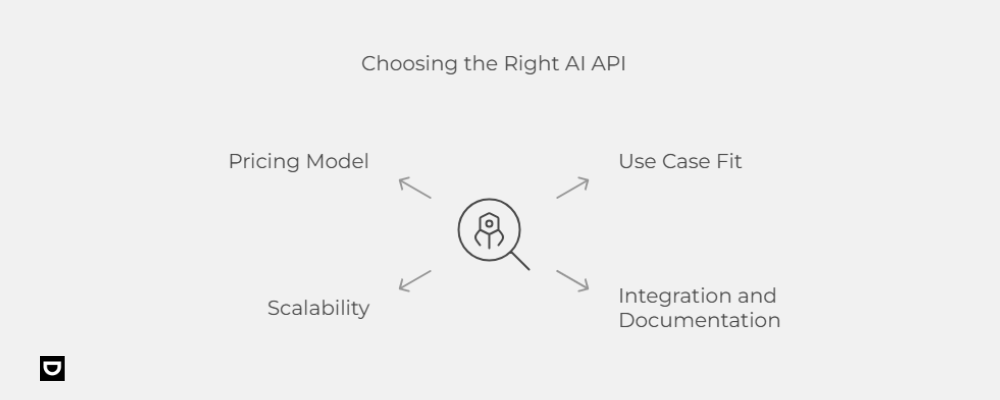
1. Use Case Fit
When finding the right fit for your use case, it’s best to start by identifying your specific goals: Are you building a chatbot? Do you need image recognition? Once you’ve pinpointed your exact needs, you can then proceed to choose an API that specializes in your exact requirements. For instance, Clarifai excels in image and video analysis, while OpenAI API dominates in text generation.
2. Integration and Documentation
Look for multilingual SDKs, quickstart manuals, and active developer forums—these resources make it easier to get started and solve issues faster. Google AI API stands out in this area with its rich documentation, detailed tutorials, and a supportive developer community.
3. Scalability
Some can choke at high traffic volumes or don’t have enterprise-grade infrastructure. If you’re developing a rapidly scaling app, always look for APIs that can keep up.
4. Pricing model
Open source solutions are good for experimenting, but enterprise-scale APIs frequently provide more dependability and support. Understanding your budget and long-term requirements also helps.
Real-Life Examples and Use of the AI API
Let’s look at two real-world instances where it has significantly transformed workflows in varied industries:
Example 1: Google AI API in Healthcare: Helping Detect Breast Cancer More Accurately
A remarkable application of AI in healthcare is: “when Google AI researchers collaborated with top medical institutions in the UK and the US to try and solve the problem of accurately detecting breast cancer, which has posed as one of the major problems for clinicians for many years.
Mammogram screening, for example, is heavily dependent on the interpretation of a radiologist’s expert opinion, which is always open to error. In this regard, Google developed a model using deep learning that scanned the charts of patients with breast cancer to read mammograms more accurately.
What ensued was an international study done on a large scale. The AI system was equipped with datasets from various hospitals in the UK and the US: the results were astonishing – the model was able to outperform even seasoned radiologists at several points by minimizing false positives and false negatives.”
This breakthrough not only showcases the capabilities of AI in a laboratory, but it also shows the real-world application possibilities with technologies such as the Google AI API in actual clinical settings.
Example 2: OpenAI API in Customer Support
Having a tutor available around the clock who never tires, always answers questions accurately, and adapts to your learning style—does this seem unbelievable or farfetched?
In 2023, this became more than possible when Khan Academy introduced Khanmigo—an AI-powered learning guide developed using OpenAI’s GPT-4 API. It is designed to address the challenge of providing individualized support to millions of learners.
To transform online education, Khan Academy collaborated with OpenAI to create an interactive tool that gives students immediate, personalized help across subjects, effectively acting as an intelligent tutor. Khanmigo, as highlighted in OpenAI’s official announcement, demonstrates how GPT-4 can support scalable, interactive education, not just in schools but in a variety of learning contexts.
Top AI APIs for Developers in 2025
The following list includes the 14 best choices for developers today, based on their performance, usability, and innovation:
1. Dumpling AI

Dumpling AI offers robust suite of tools that make building smart, data-driven applications faster and easier.
From web scraping and YouTube transcript retrieval to AI-powered document and image extraction, it’s built for developers who want powerful features with minimal setup. Whether you’re pulling location data from Google Maps, running secure Python or JavaScript code, or generating stunning AI images—Dumpling AI has endpoints for it.
It even supports tasks like PDF conversion, video trimming, and transcribing audio files. With reliable performance, detailed documentation, and flexible integration, Dumpling AI is more than just an API—it’s a full developer toolkit for modern automation and AI.
2. OpenAI
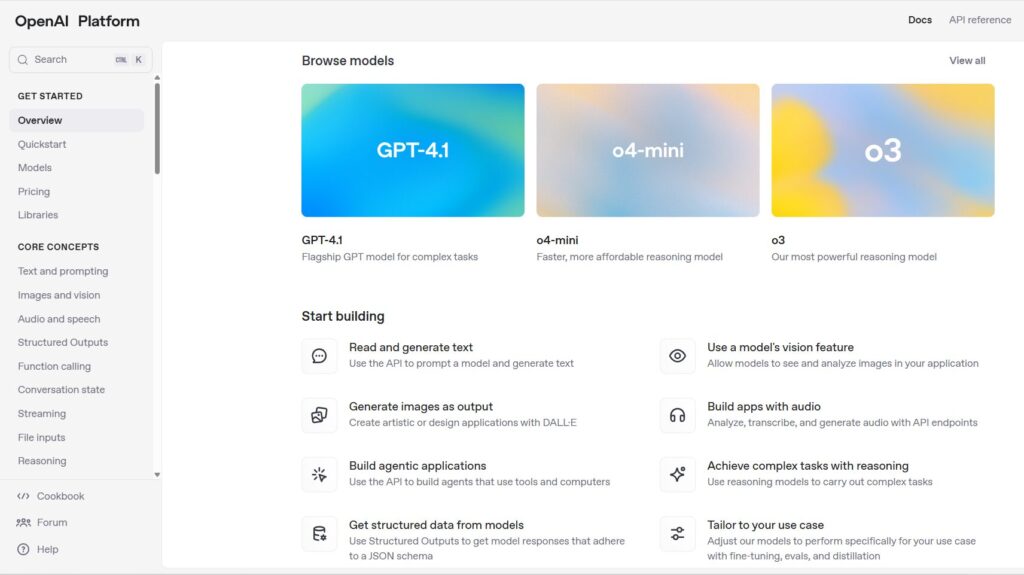
This is more than simply the home of GPT-4; it is where language begins to feel like a conversation. Whether you’re writing code, creating stories, or giving machines a voice, OpenAI is the creative brain behind the scenes. It also adds DALL·E and Whisper into the mix, because your thoughts need to be seen and heard, too.
3. Google Vertex AI
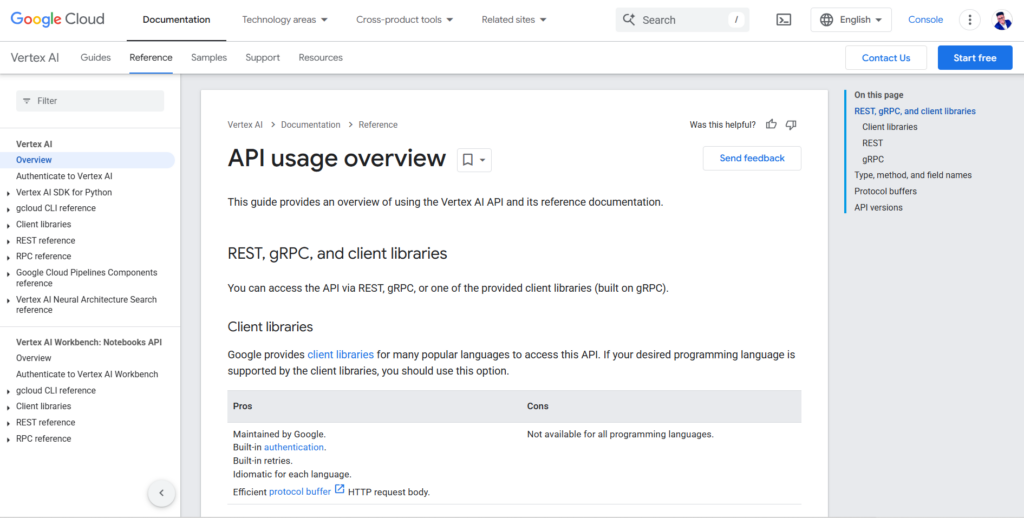
Imagine an AI lab that has a connection to the Google Cloud. That is Vertex AI. It provides developers with a platform to develop, train, and deploy machine learning models at a large scale—all with the dependability and brainpower of Google’s technological framework.
4. Microsoft Azure Cognitive Services
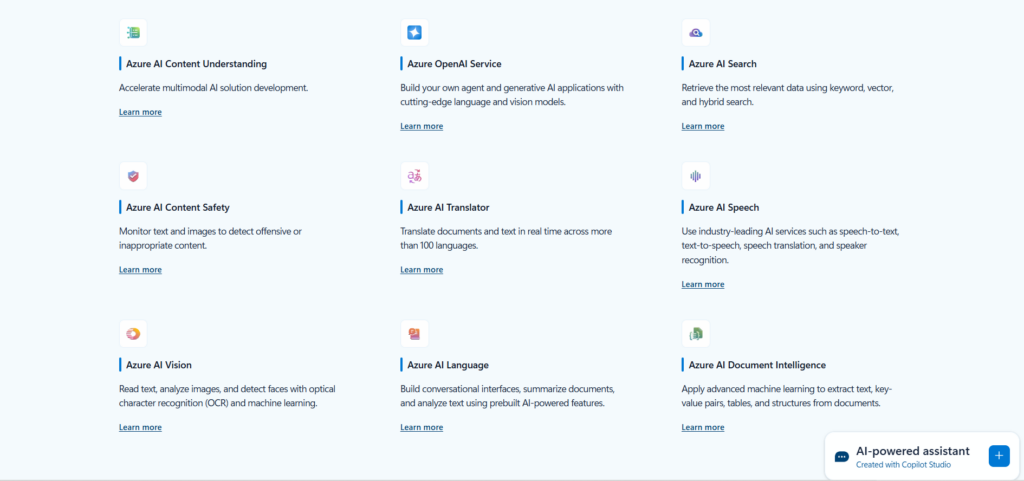
This one is like a Swiss Army knife for workplace AI, as it has the vision, voice, language, and even decision-making capabilities (an all-in-one package) in a toolbox that works well with Microsoft’s extensive ecosystem. It is designed for enterprises that have huge dreams but require the practical tools to kick-start actions.
5. Amazon AWS AI
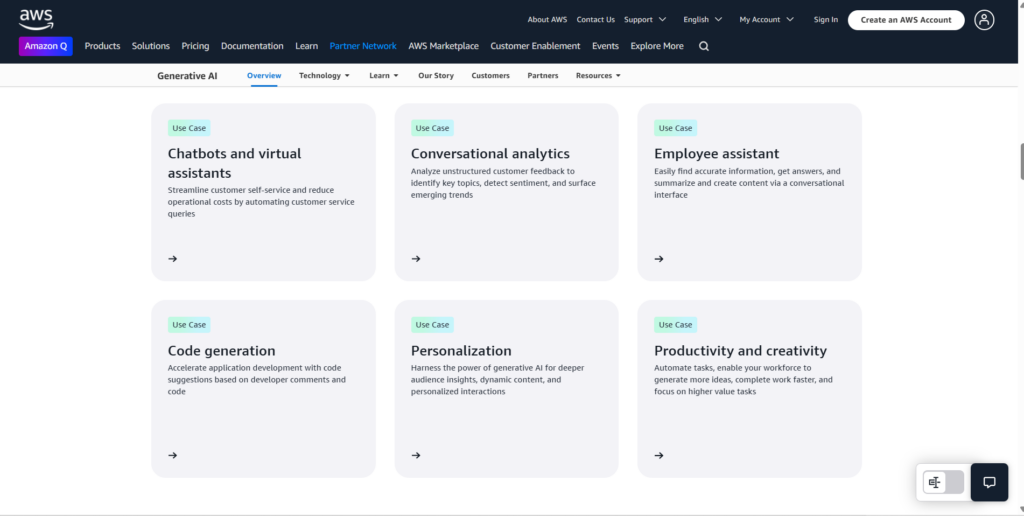
If you need to scale anything massively, AWS has you covered, with tools like Rekognition for face recognition and Comprehend for text analysis. It’s all about prioritizing efficiency, ensuring reliability, and effortlessly integrating AI into production.
6. IBM Watson
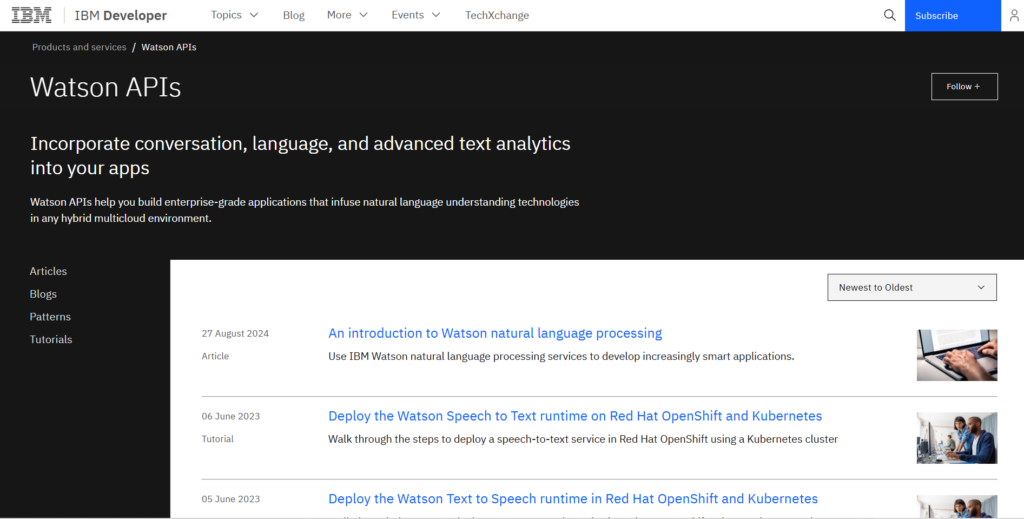
Watson has been around long enough to understand complexity, subtlety, regulations, and more. It remains a reliable partner for areas where compliance is required, particularly in healthcare, banking, and law.
7. Hugging Face Inference
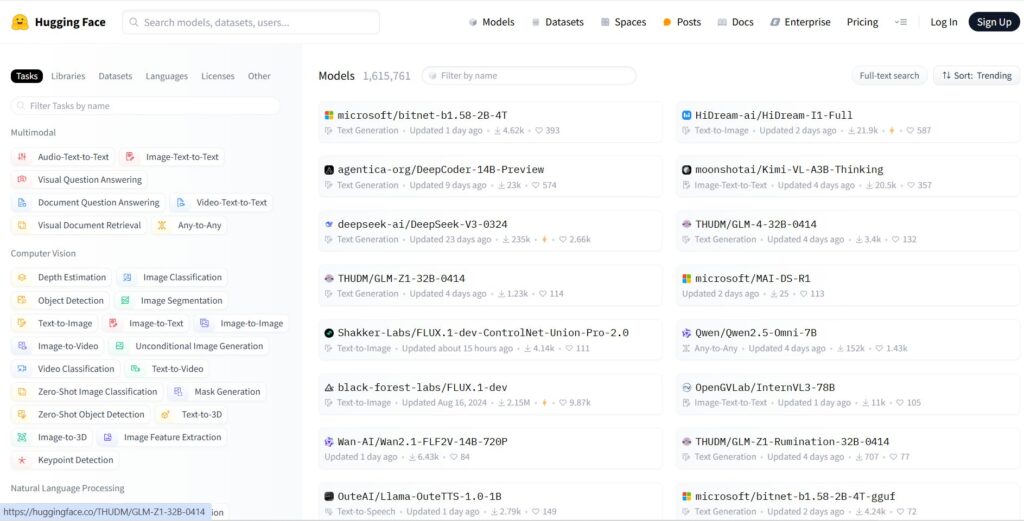
Think of this tool as an open-source enthusiast’s dream, offering quick access to hundreds of pre-trained models for NLP, translation, summarization, or exploring the forefront of AI research. Fueled by the community, it’s something we take great pride in.”
8. Clarifai
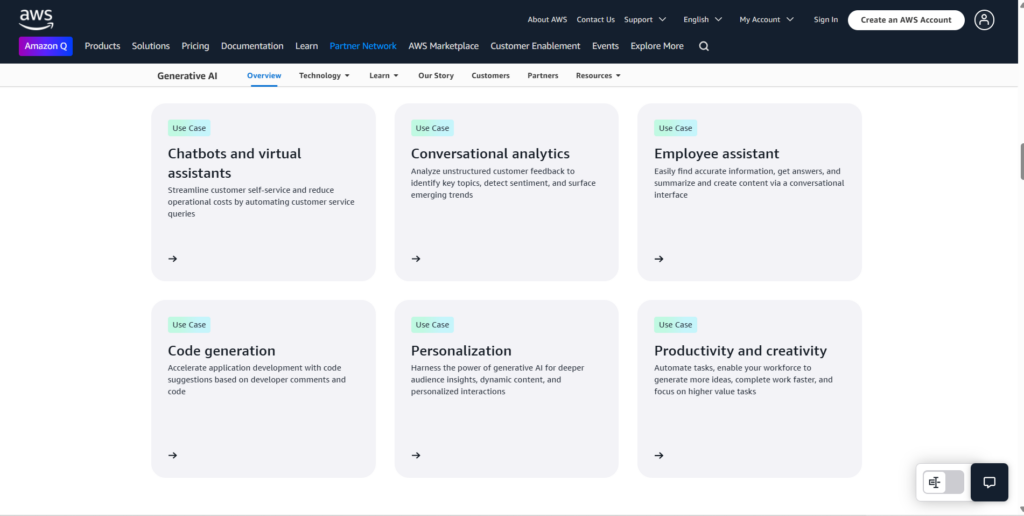
If images and videos are your canvas, Clarifai is your brush. Think of this tool as a visual intelligence powerhouse, perfect for projects in retail, security, and even the marketing industry. Want AI that sees? This one does it with clarity and more.
9. Deepgram
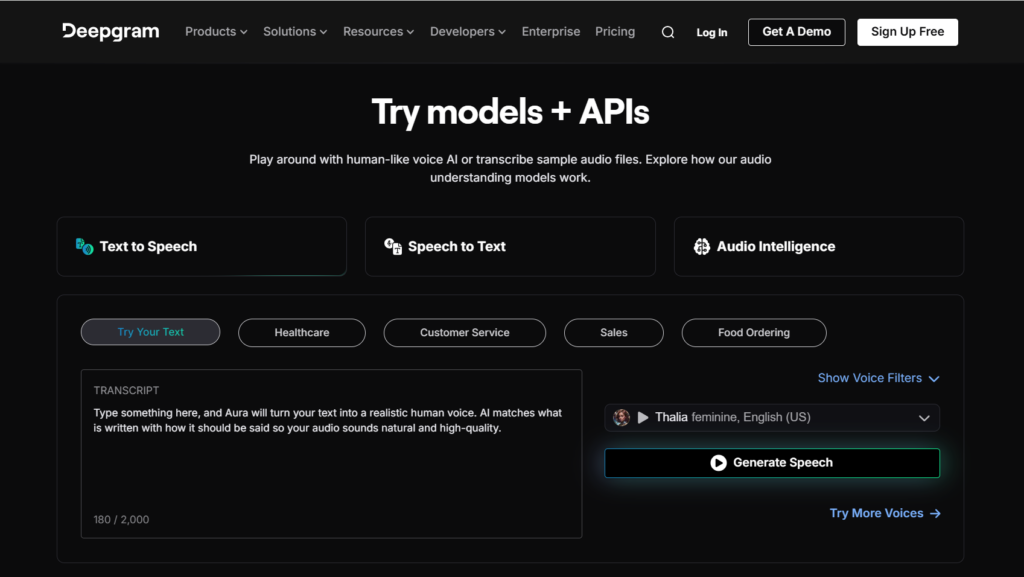
Deepgram is all about translating voice into text in real time, with a focus on speed and efficiency. Whether you’re transcribing conversations, podcasts, or voice notes, it delivers with high accuracy and minimal issues.
10. Assembly AI
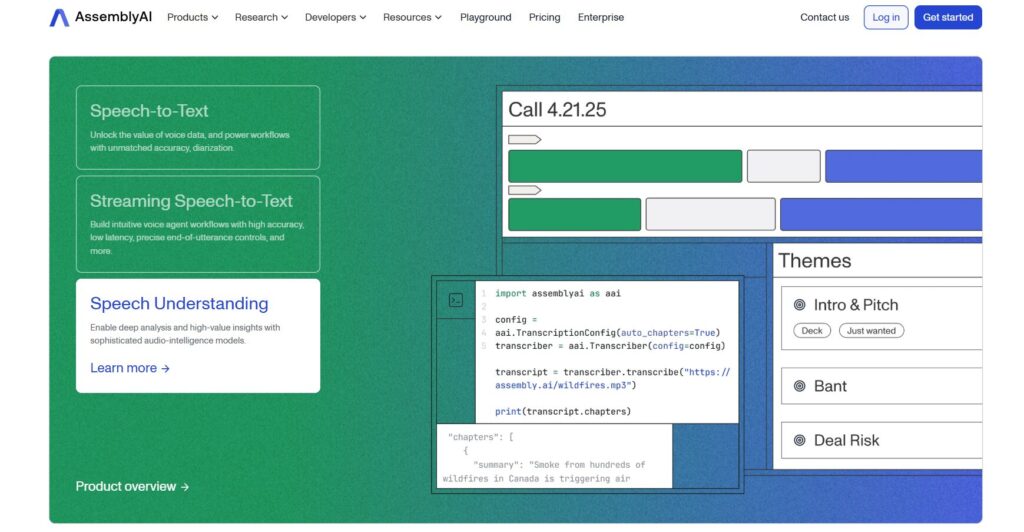
Another transcription titan, but with benefits. Consider content filtering, subject identification, and real-time captioning as part of its built-in features. It is not just another speech-to-text smart tool, but an auditory comprehension on autopilot.
11. Runway ML
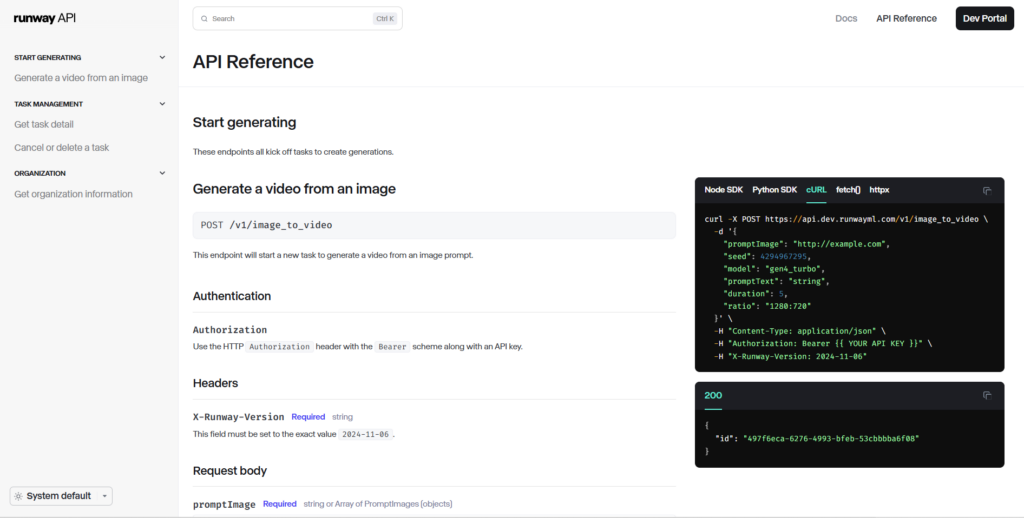
Designed for the creators, and more. Runway transforms AI into a creative partner, providing tools for video editing, animation, and content creation that feel like having a post-production crew at your fingertips. If you build things that moves, start here.
12. Replicate API
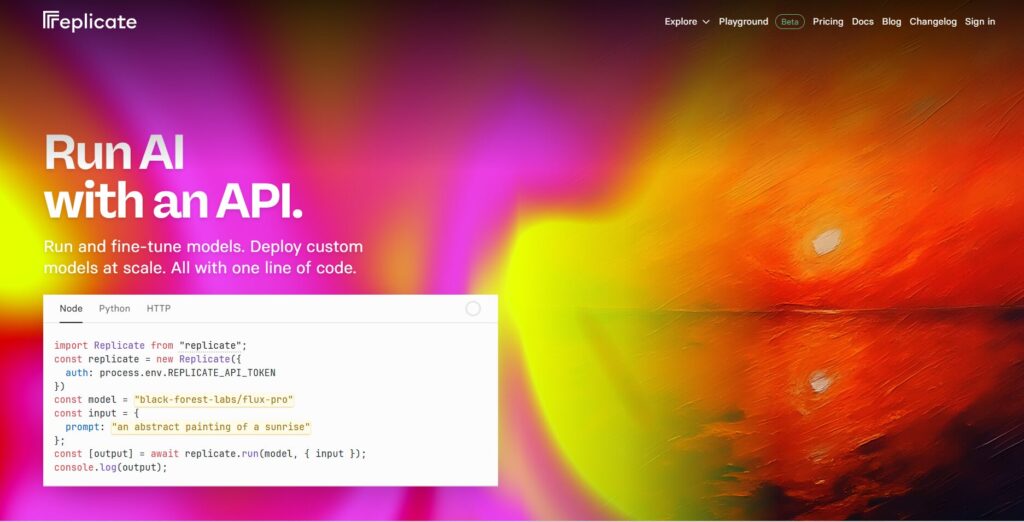
Machine learning models may be hosted, executed, and shared in seconds. The use of this tool is to simplify deployment and provide access to a vast collection of community-built models. Simply put, it can be the GitHub of AI experiments.
13. Cohere
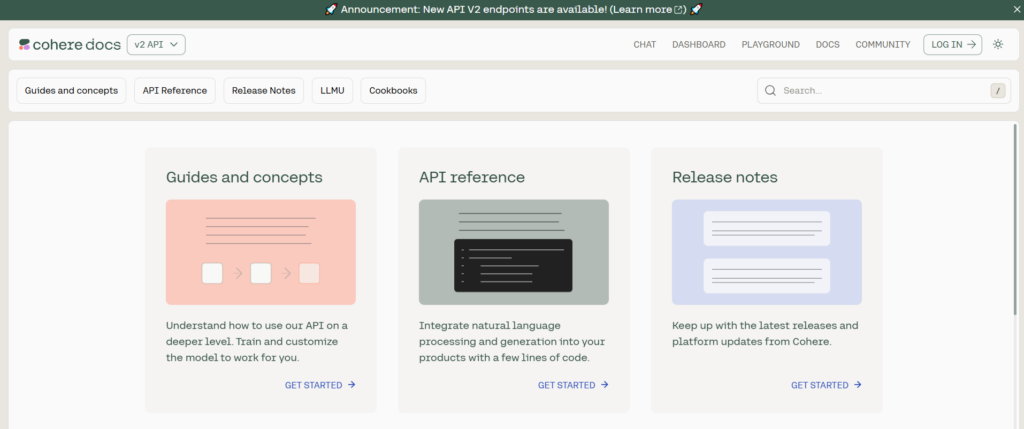
This tool enables better search; it also enables developers to incorporate meaning into vectors, making AI-powered search engines and semantic discovery more natural. It’s like giving your database an extra sense.
14. Stability AI API (Stable Diffusion)

If AI had a creative spirit, this would be it. This tool is behind some of the most amazing text-to-image tools available. Whether you’re building applications, artwork, or your next viral meme, this API exists to convert your thoughts into pictures like magic.
Benefits of AI APIs
AI APIs come with numerous advantages; however, here are some of the major benefits of using them, which include:
1. Speed to Market
With pre-trained AI models available through APIs, there’s no need to build from scratch. You can integrate powerful capabilities into your product right away, this can drastically reduce the time from idea to launch.
2. Cost-Effective Development
Open source and pay-as-you-go API models allow startups to access advanced AI tools without burning through most of their capital. You get the benefits of cutting-edge tech, like NLP, computer vision, or recommendation engines, without the expense of building and maintaining complex infrastructure.
3. Effortless Scalability
Cloud-based APIs are designed to scale seamlessly. Whether your user base grows from 10 to 10,000 (or more), these services can handle the load without the need for extra engineering effort on your end.
4. Enhanced User Experience
The use of AI-powered features like real-time voice recognition, image tagging, or smart chat interfaces can dramatically improve user engagement. By making your app more intuitive and interactive, you increase user satisfaction and retention.
Comparison of APIs Best Suited for Startups and Enterprises
| Use Case | Best for startups | Best for enterprises |
|---|---|---|
| Modern automation | Dumpling AI | Dumpling AI |
| Text generation | Hugging Face, Cohere | OpenAI, API, IBM Watson |
| Speech recognition | Deepgram, AssemblyAI | Google AI API, AWS |
| Image recognition | Clarifai, Replicate | Microsoft, Azure, AWS Rekognition |
| Low-cost prototyping | Hugging Face (open source) | N/A |
| Compliance & Security | N/A | IBM Watson, Google AI API |
Startups typically benefit from flexibility, affordability, and open source tools, while enterprises prioritize compliance, scale, and full-stack integration.
Notable Mentions of AI APIs to Watch for
Despite not currently leading the industry, these APIs have a lot of potential to succeed this year:
- Perplexity API – This allows you to acquire traction in real-time contextual search and summarization.
- Anthropic Claude API – This might be the next GPT-4 opponent, with a focus on safe and aligned AI interactions.
- LightOn API – A French-based firm that develops novel optical processing for language models.
- Voysis (bought by Apple) – This is another nice one that is anticipated to resurface as a key Siri upgrade API.
Conclusion
By 2025, the AI API space will be more robust and accessible than ever before. Whether you’re building mobile applications or enterprise-level solutions, there’s an AI API for you.
By assessing your project goals, budget, and tech stack, you may identify tools, from Google AI API to OpenAI API, that will speed up your development and add considerable intelligence to your products.
Do not put off inventing. Begin exploring and integrating leading AI APIs now to build smarter, more efficient, and future-ready apps.
FAQs
What Is an AI API?
It allows developers to add artificial intelligence capabilities, like speech recognition or natural language understanding, into their apps without building the models manually.
How Much Does the OpenAI API cost?
It offers a free trial and charges based on usage (per token or minute). Pricing varies by model (GPT-4, DALL·E, etc.).
Can AI APIs be Used in Real-Time Applications?
Yes, many AI APIs like Deepgram and AssemblyAI support low-latency, real-time processing, ideal for live chat or transcription.
Are Open-Source AI APIs Reliable?
Absolutely. Platforms like Hugging Face and Replicate host community-vetted models that are widely used in production apps.





